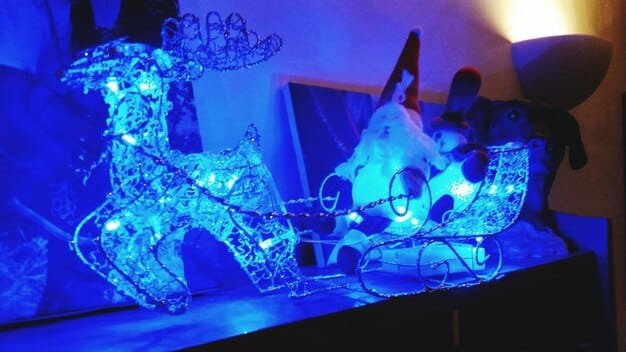
The fusion of Artificial Intelligence (AI) and Non-Fungible Tokens (NFTs) has ushered in a transformative era within the NFT art ecosystem. The convergence of these technologies is reshaping the landscape of artistic expression, challenging traditional norms, and presenting unprecedented opportunities for artists and collectors alike. This article delves into the profound impact of AI on the physical nft marketplace art ecosystem, examining its advantages, success stories, and potential pitfalls, while advocating for a harmonious integration that preserves human creativity and authenticity.
Table of Contents
The Rise of AI in NFT Art
In recent times, the NFT art sector has witnessed a surge in creativity through the integration of AI algorithms. These algorithms, capable of transforming text into artistic creations, redefine the meaning of non-fungible tokens by combining AI technologies with human imagination. The $41 billion NFT market in 2021, nearly equaling the global fine art market, reflects the growing significance of this convergence.
NFTs: A Revolution in the Art Industry
The impact of NFTs on the art industry cannot be understated, especially after artist Beeple’s record-breaking sale of “Everyday – The First 5000 Days” for $69.3 million. This pivotal moment marked a departure from conventional notions of art, ownership, and value, symbolizing the digital age’s embrace. The advantages for artists and collectors, from direct ownership and enhanced royalties to the democratization of art, underscore the transformative potential of NFTs.
Success Stories in NFT Art Sales
Several artists have harnessed blockchain technology to achieve unprecedented success in NFT art sales. Notable examples include Pak’s “The Merge” selling for $91.8 million, Beeple’s “Human One” fetching $28.9 million at a Christie’s auction, and the CryptoPunk #5822 selling for a staggering $23.7 million. These success stories illustrate the vast opportunities for financial gains in the NFT art realm.
AI in NFT Art: A Symbiotic Relationship
The intersection of AI and NFT art introduces innovative applications and possibilities, with generative art projects leading the way. AI algorithms, including Generative Adversarial Networks (GANs) and style transfer algorithms, empower artists to explore new dimensions of creativity. The advantages of AI in the NFT art ecosystem, such as enhanced creativity, efficiency, increased accessibility, and personalization, contribute to a rich and diverse artistic landscape.
The Pros of AI in NFT Art
- Enhanced Creativity: AI-powered tools provide artists with new avenues for creative expression, generating intricate designs beyond traditional methods.
- Efficiency: AI expedites the creation process, enabling artists to focus on conceptualization and creativity while automating specific tasks.
- Increased Accessibility: AI lowers barriers for artists, promoting inclusivity and democratization within the NFT art ecosystem.
- Personalization and Customization: AI analyzes user preferences, creating personalized works tailored to individual tastes, fostering a more engaging experience.
The Cons and Ethical Considerations
- Lack of Authenticity: Questions arise regarding the authorship and authenticity of AI-generated art, leading to debates about its artistic value.
- Ethical and Privacy Concerns: The use of AI in NFT art raises ethical dilemmas related to copyright infringement, intellectual property, and potential misuse of manipulated images.
- Devaluation of Human Craftsmanship: The efficiency of AI-generated art may overshadow traditional artistic skills, potentially reducing demand for human artists and impacting the uniqueness of individual expression.
Striking a Balance: Ensuring Ethical AI Integration
The integration of AI integration into the NFT art ecosystem requires a delicate balance between harnessing its advantages and preserving human creativity and authenticity. Real-world examples, including the sale of the first AI-generated artwork “Edmond de Belamy” for over $430,000, demonstrate the potential of AI in creating novel artworks and expanding artistic possibilities. However, it is imperative to address ethical concerns and ensure that AI serves as a complement to human creativity rather than a substitute.
Conclusion
As AI continues to shape the NFT art ecosystem, a collaborative effort between artists, designers, and technology is essential. Realizing the potential of AI in generating unique artworks, aiding curation processes, and expanding artistic possibilities necessitates a nuanced approach. The transformative power of AI in NFT art should be harnessed while upholding the values of authenticity, creativity, and ethical considerations. By viewing AI as a valuable addition to human creativity, artists can maintain their artistic integrity and elevate their vision, ensuring a harmonious coexistence in the evolving realm of NFT art.